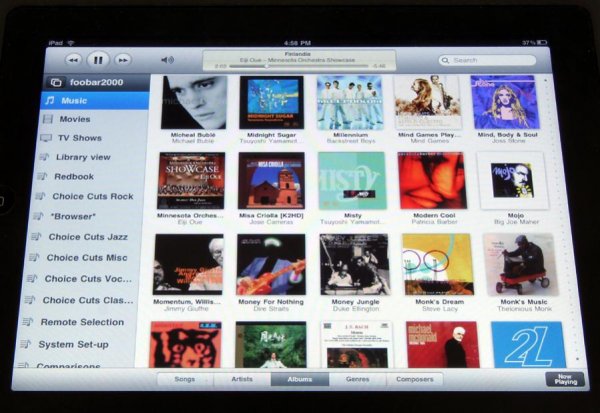I was definitely getting a delay when playing the files on my hard drive. I'll have to try it again.
I can't try it now because my motherboard is out for repairs. I was inserting memory stick back in my computer and didn't pay attention that I hadn't shut it down. The lighting wasn't good and the stick was facing backwards, which probably didn't help either. It was electrical buzzing, smoke and broken computer, in that order. Thankfully, the board is still under warranty and didn't come with an on-board video camera to record what I did to it. I hope to get it back next week.
I can't try it now because my motherboard is out for repairs. I was inserting memory stick back in my computer and didn't pay attention that I hadn't shut it down. The lighting wasn't good and the stick was facing backwards, which probably didn't help either. It was electrical buzzing, smoke and broken computer, in that order. Thankfully, the board is still under warranty and didn't come with an on-board video camera to record what I did to it. I hope to get it back next week.


